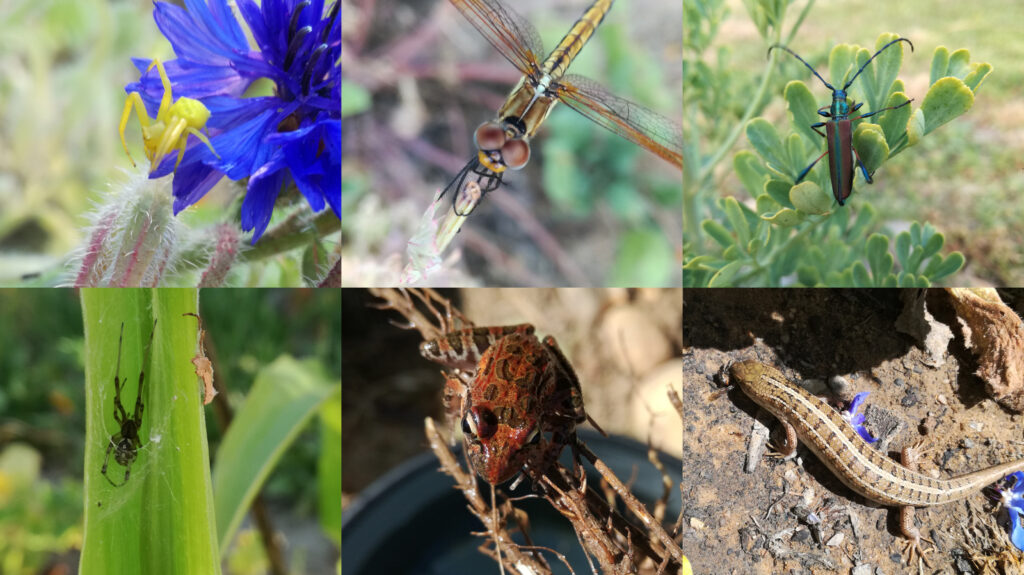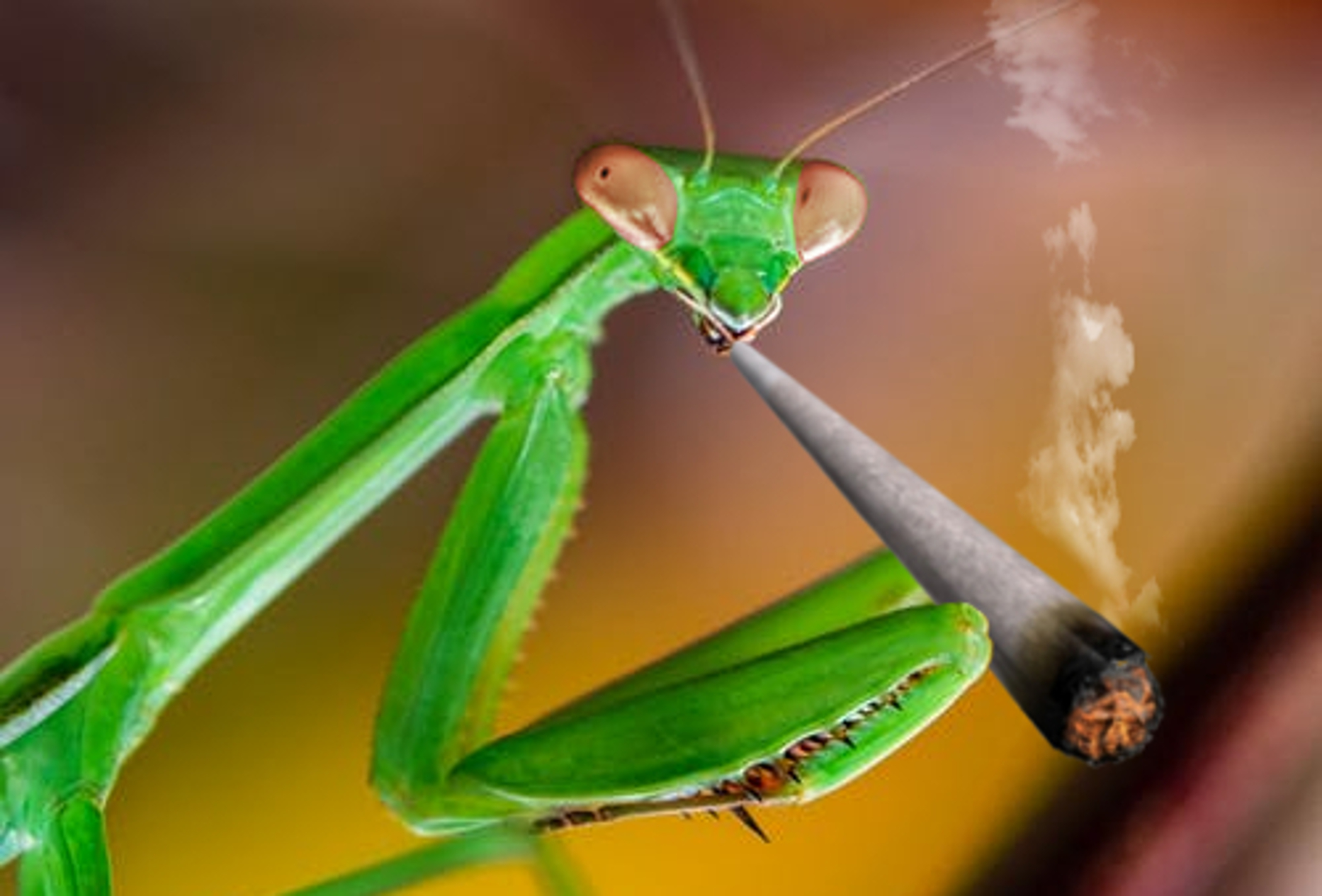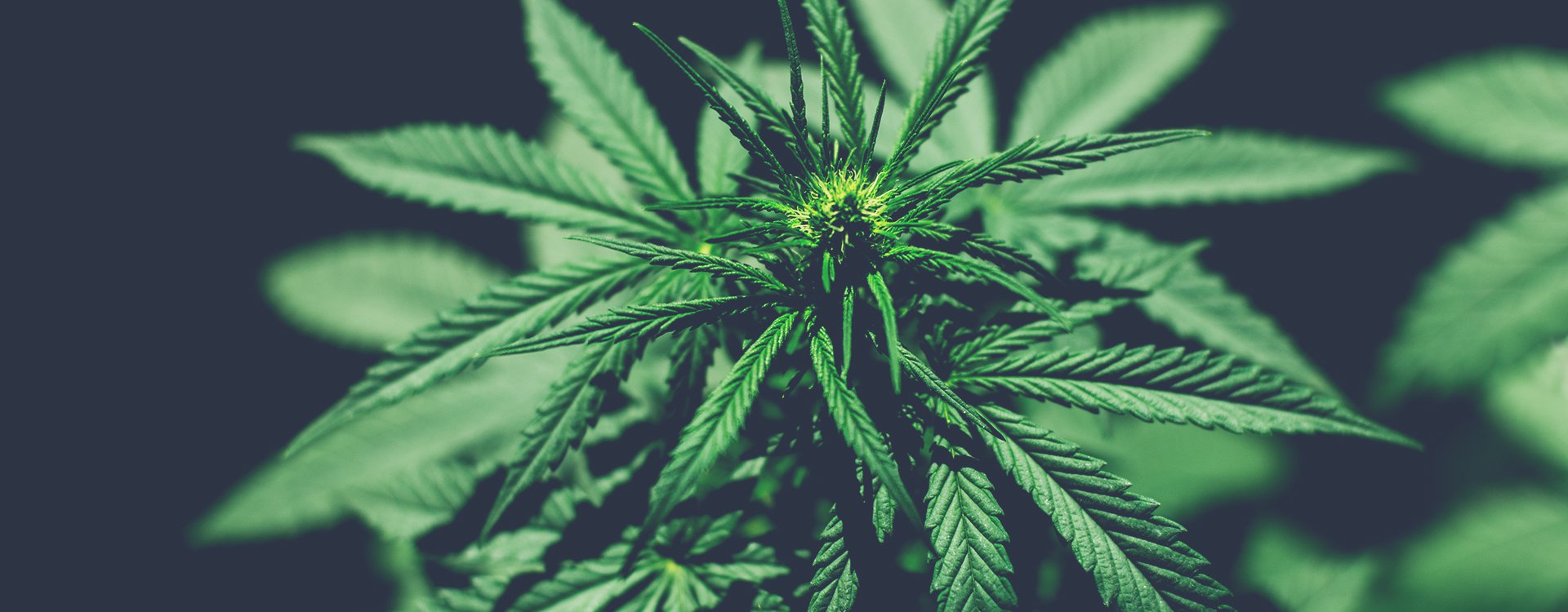
- Growing Guide
-
by John Pot
Do you like my flamingoose? See that worried expression in its eye? It woke up and smelled the marigolds—climate change has just gotten personal.
When 2020’s autumn was coming to a close, I started feverishly preparing my soil for planting. Yet my favourite part (besides gazing proudly at my freshly tilled earth) has always been shopping online for seeds. There’s so much more variety on the web: rainbow selections, willy chillies (yes), car-sized pumpkins, fruits and vegetables that look straight out of Star Wars… The inspiration is endless, and the excitement very liberal with my debit card.
So, I bought several varieties of watermelon, pumpkins, mielies, cucumbers, strawberries, peas, beans, and peppers. Come mid-September I put them in the ground (some in trays, others directly into the bedding), I watered, and I waited. Little did I know that spring would be late this year; late and temperamental. By the time they were all on their third set of leaves, the cold erratic weather made them think it was autumn, and that they better start flowering if they’d produce anything at all. Patience was the lesson here. Luckily, I put my cannabis in when the temperature had stabilized, and they’re all still going strong (some leaves did start yellowing a little, but more on that later). At this point I’d already given most of my extra seeds to a friend, but I sourced a similar albeit more modest selection, and planted them once I was sure the weather patterns have steadied into summertime. Next year I’ll follow suit and sow my seeds around midway through December; they’ll still have plenty of time to do their thing, and I can be sure I won’t end up with stunted little plants making flowers two months early.

My companion flowers, on the other hand, did wonderfully. Calendulas, cosmos, poppies, and cornflowers grew to stunning sizes and are still blooming thanks to the daily pruning of spent heads. The calendulas were so productive, in fact, that a swarm of tiny black bugs thought it best to take them down a bud or two, by which I mean bore into the developing blooms and eat them up from the inside. But get this—I didn’t even need the wood ash and powdered chilly solution to get rid of them, my garden’s population of dragonflies, wasps, ladybugs, and other beneficial critters attracted by all the flowers took care of it for me. The same thing happened when ants made an aphid nursery out of my cosmos. It just goes to show, flowers are more than just pretty faces.

All’s well that ends well, but seeing any sign of infestation or malaise in your plants is never a fun time. Just like how excitement can make you give your plants too much attention, fearing for their lives often has the same effect. It’s easy to overwater or go a bit crazy on the supplementary nutrients, so there’s great import in being able to recognize a problem and then treat it appropriately, if at all (some issues tend to work themselves out, and others aren’t even problems at all). Focussing on cannabis, your plants will present different symptoms depending on what’s the matter, though at first glance quite a few signs will look just the same.
Earlier I mentioned that some of my cannabis plant’s leaves started going yellow. This could mean several things, most likely a pH imbalance or nutrient deficiency. It started with a couple of leaves lowest down, but I’ve spotted one higher up, and without intervention this will continue. Since the entire leaf seems to go yellow and limp all at once, and then drops from the branch, the culprit is a nitrogen deficiency. Luckily that’s an easy fix! I used some of Talborne Organics’ Vita Green plant food (5:1:5). It’s all natural, won’t burn plants, and isn’t a slow-release fertilizer—a handful of this worked into the soil should clear things right up.

It’s been incredibly hot these past few days, and I did have some trouble with my thirsty, thirsty sage. Unfortunately it didn’t have enough water on a particularly balmy day and suffered some sun burn as a result (this following a contrived set of circumstances involving a baby, a soapy well, and a giant ball of nuclear explosions in the sky). The first sign of underwatering plants is drooping leaves that also turn yellow, so it could just be a matter of hydration (just don’t overdo it, or you’ll end up with dark, heavy, waterlogged leaves). An underwatered plant is vulnerable to getting crisply out in the sun, making the leaves curl in and turn brittle brown at the edges. At the same time, a zinc or potassium deficiency looks kind of similar; so really, the devil’s in the details.
I could type out a detailed description of each malady, or I could leave you cats with this handy chart from LoudClouds.co. Beautifully illustrated, it highlights the symptoms of several nutrient deficiencies and excesses. As you can see, certain symptoms only present in leaves of certain ages, and to reiterate, other external factors can be mistaken for nutrient problems, so you might find it helpful to take notes as your plant grows up: daily temperature, soil descriptions, water, local insects… You can go into as much detail as you like, but the most important thing to note is the appearance of symptoms and any information surrounding the afflicted part of the plant.

If nothing else, your plants will be flattered that you write about them in your diary.


